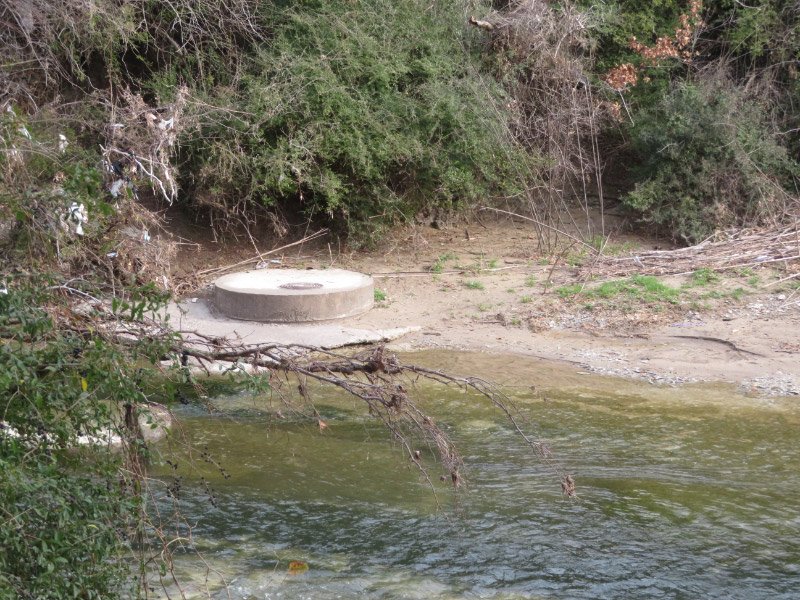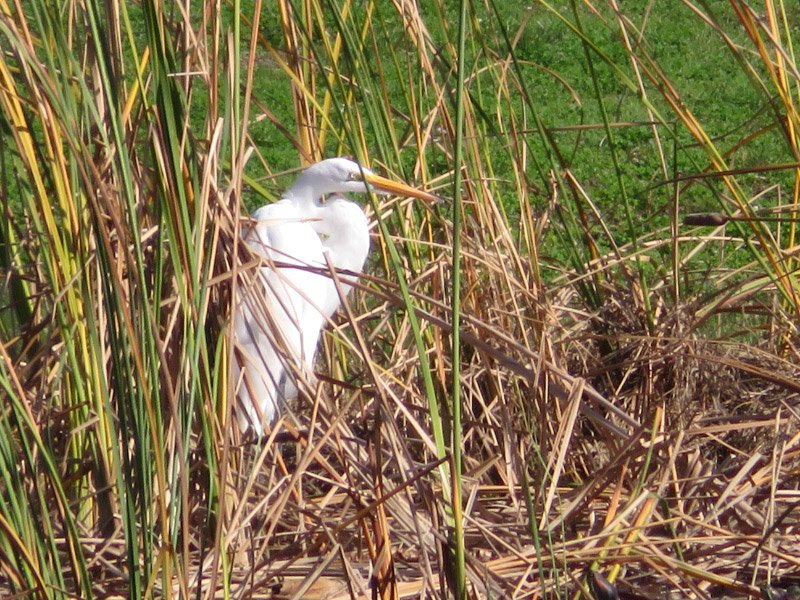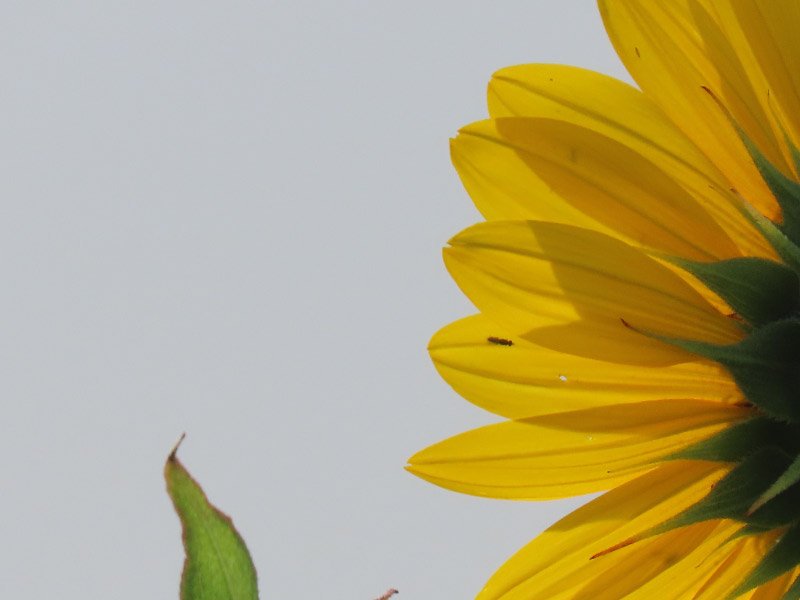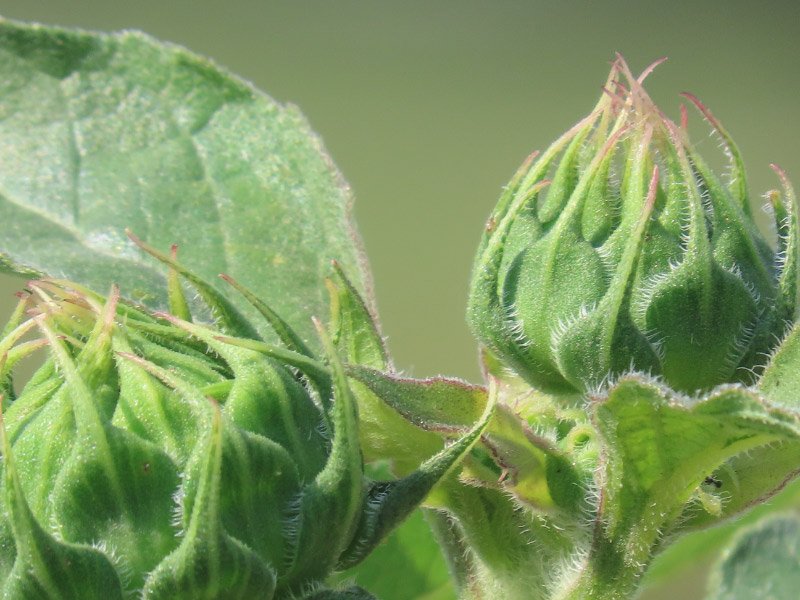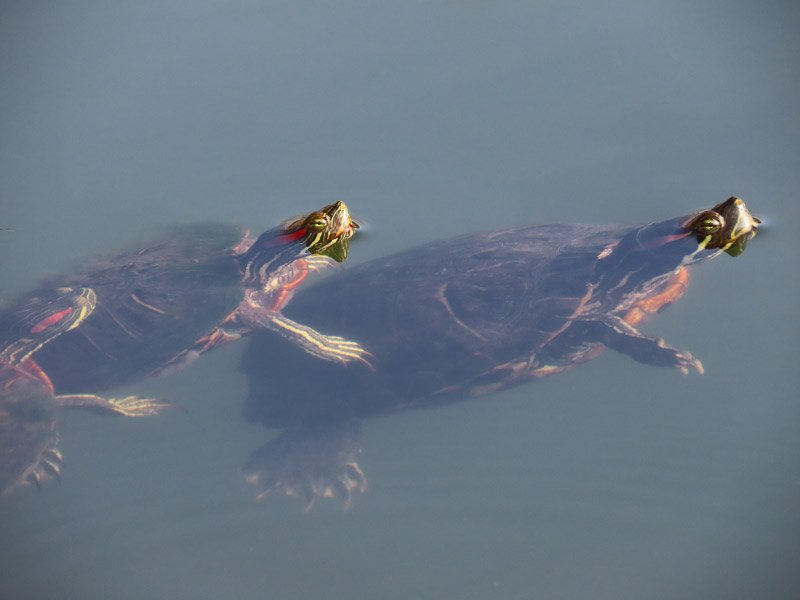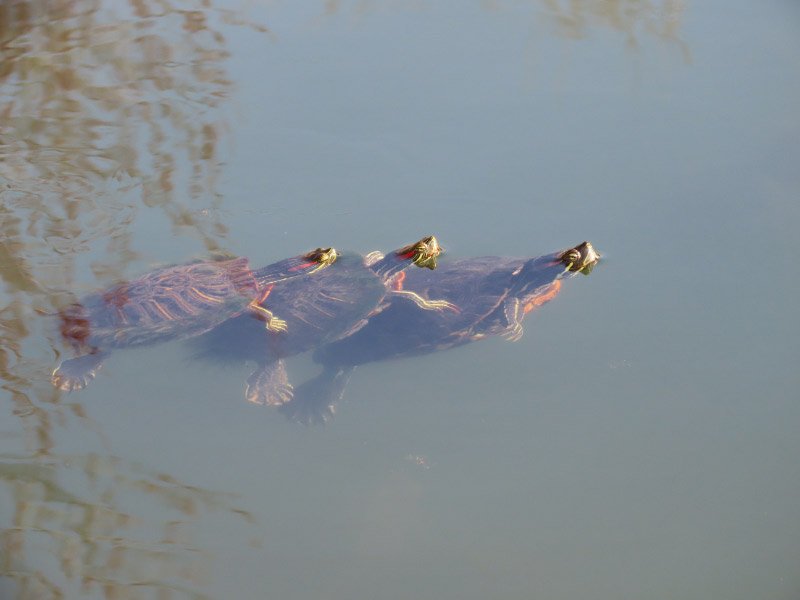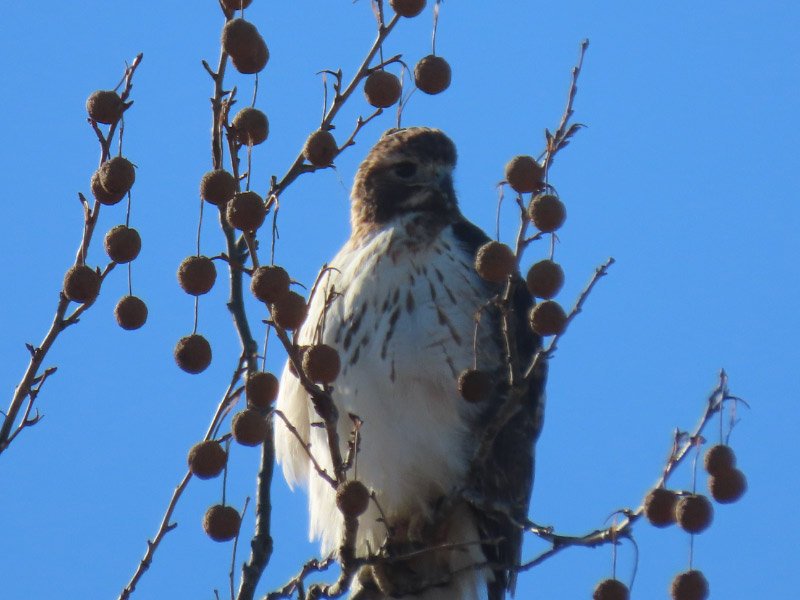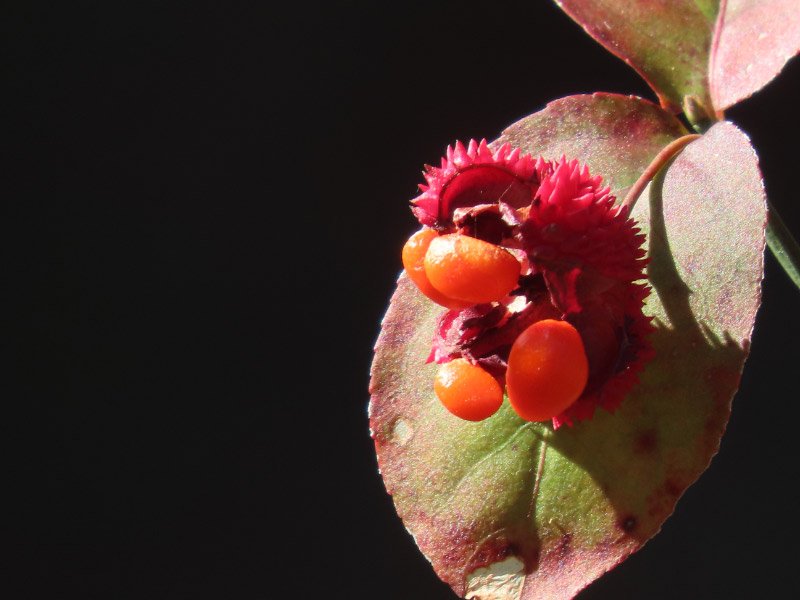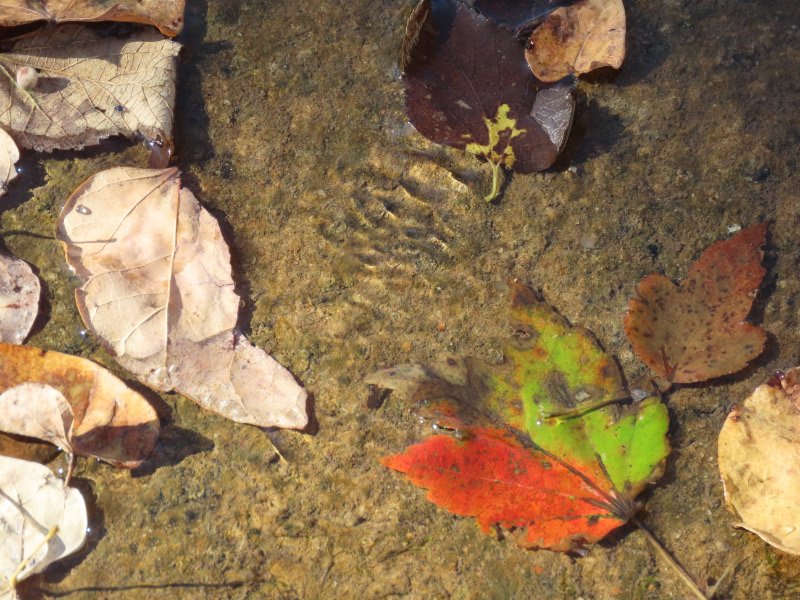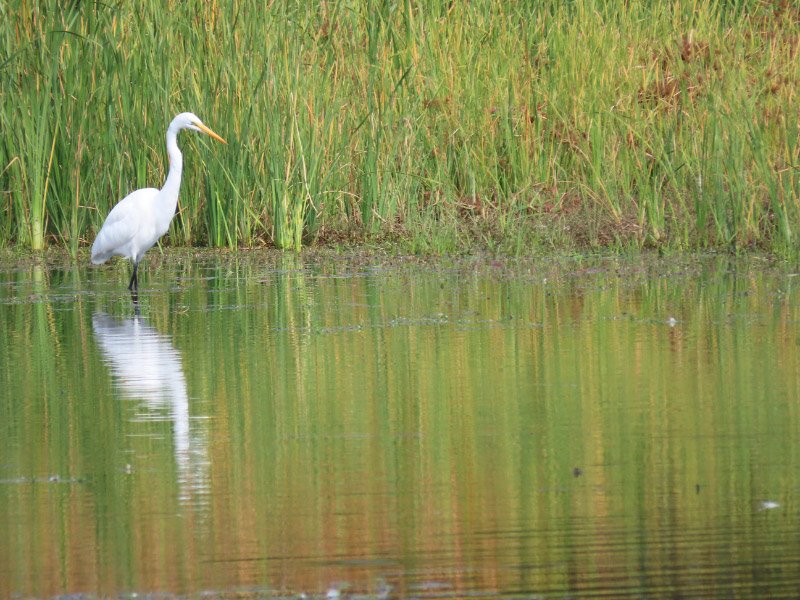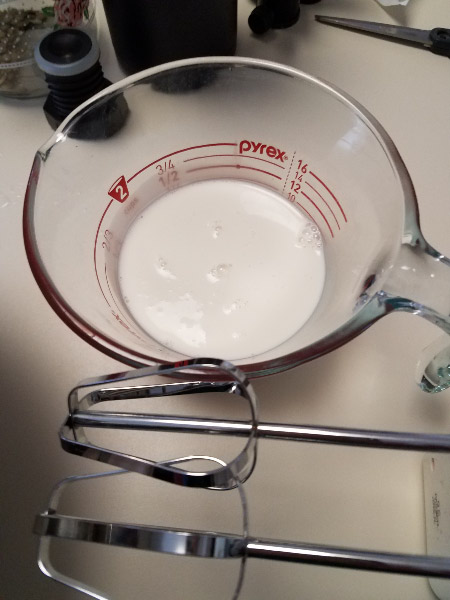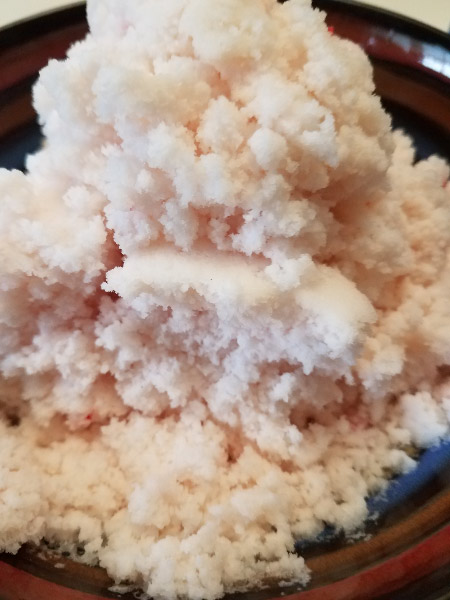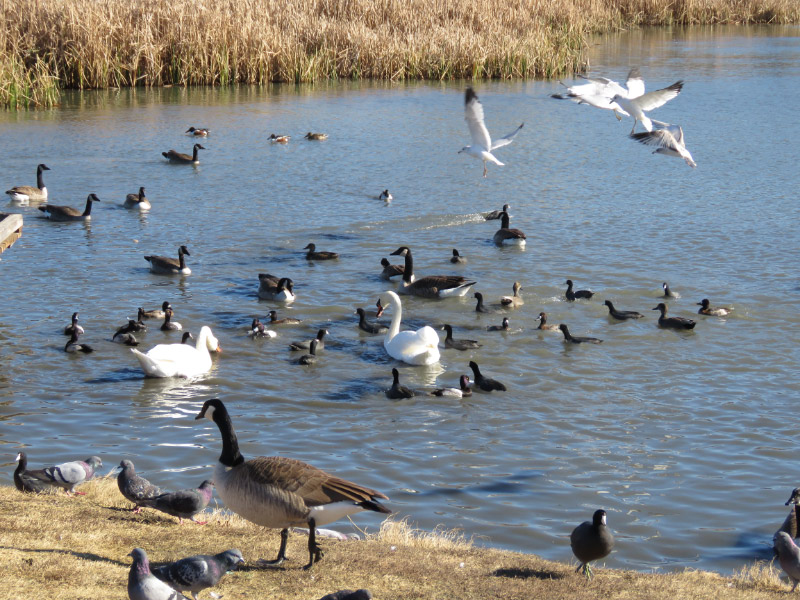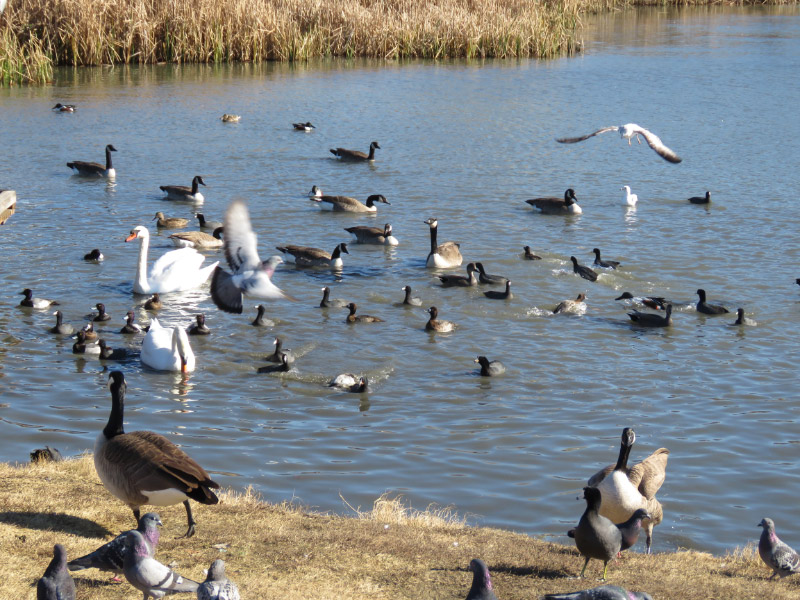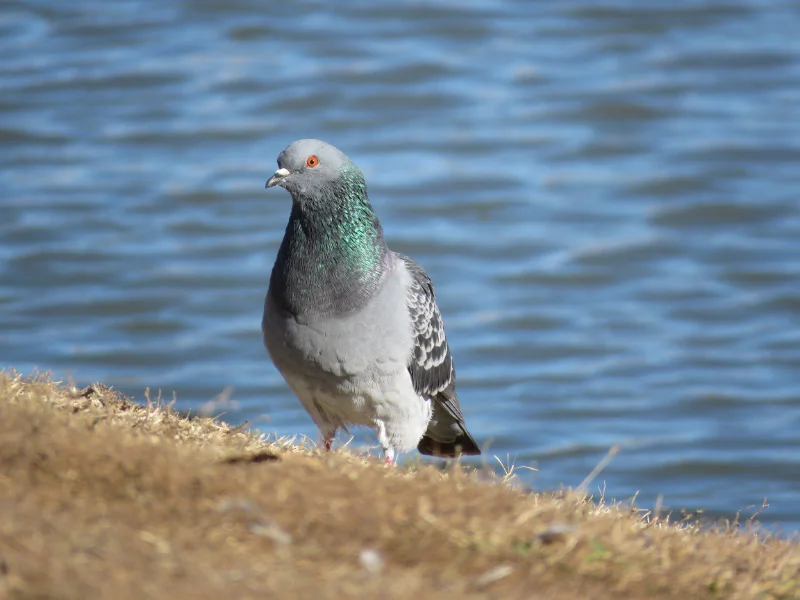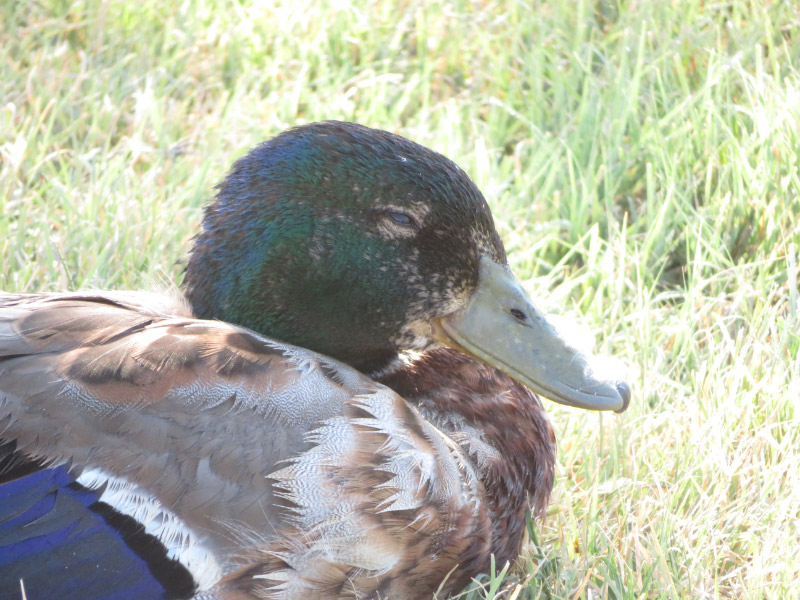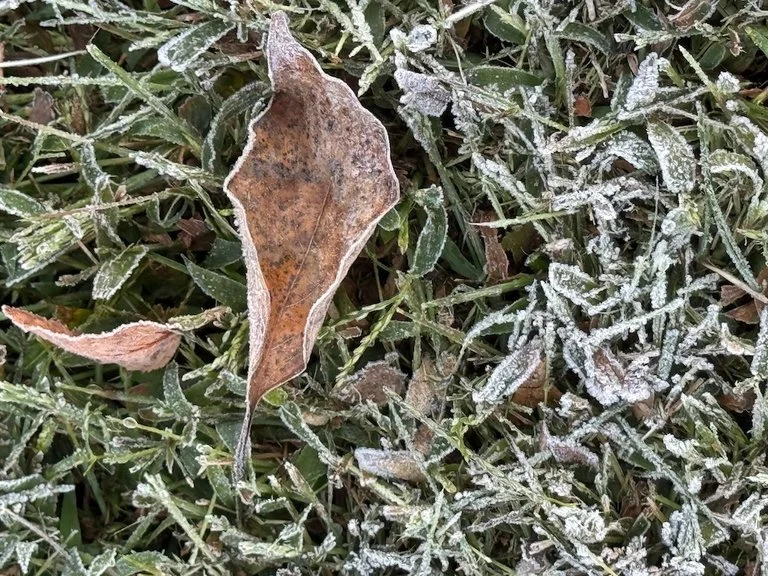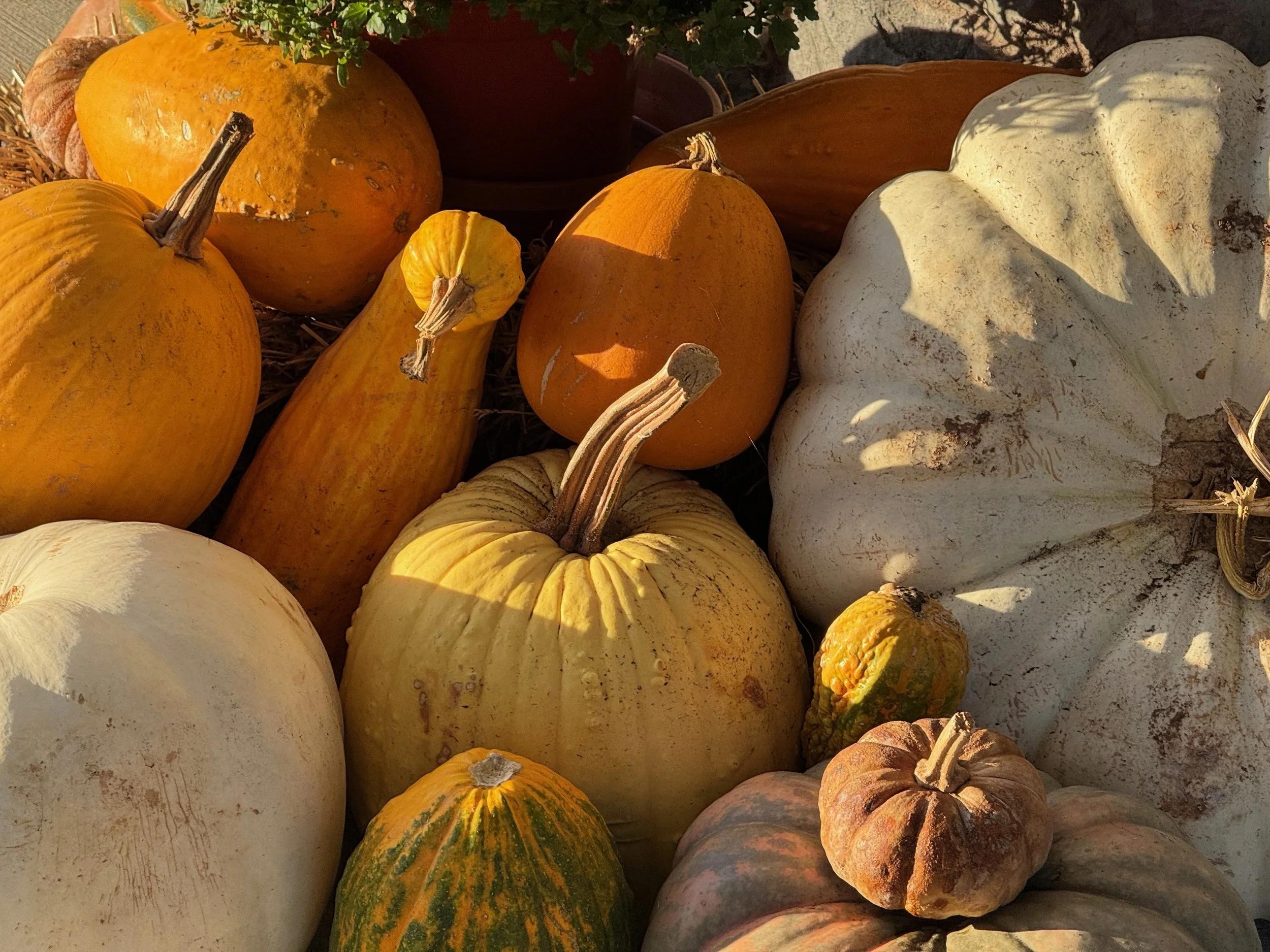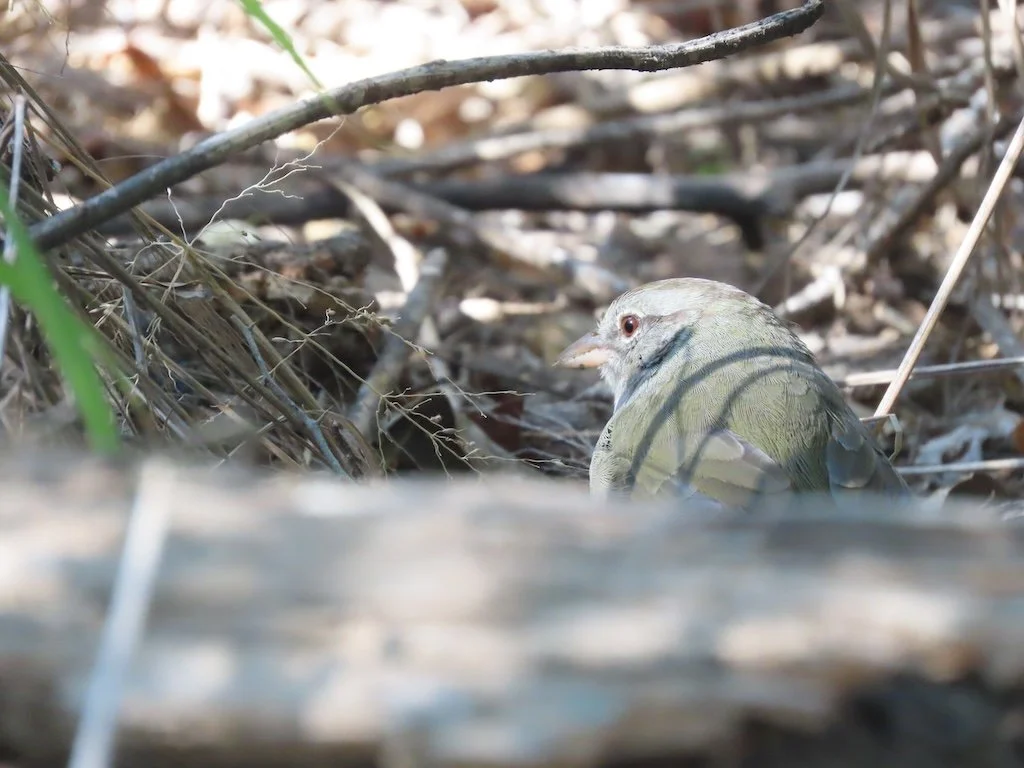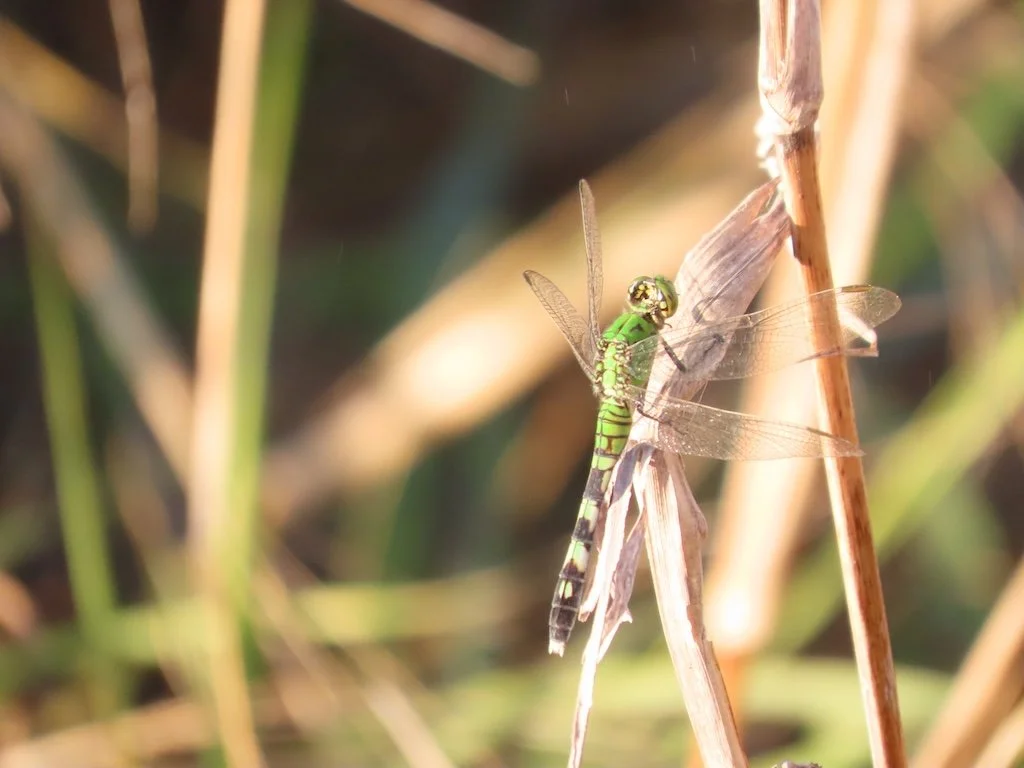Josey Ranch – February 2025
/The weather was cold and mostly cloudy…but I headed to Josey Ranch for a nature fix – and to gain more experience with my new camera (Nikon Coolpix P950). The last time I visited was back in September, but I expected to see a lot of birds that are in Texas during for the winter. The pond between the library and the senior living complex was almost empty. I photographed a feather and a dandelion almost ready to bloom before I headed over to the other pond.
There were a lot of birds: American Wigeon, Northern Shoveler, Canada Geese, Greater Scaup, American Coot, and Ring-billed Gull (many immature).
There were pigeons and crows on the tall lights over the ball fields.
Surprisingly there were cormorants on the poles as well!
I headed back toward the larger pond and my car…noticing some mistletoe in a tree along the way.
There were a pair of Great Egrets that interacted and then flew away from each other. The breeding plumage is beginning to be obvious.
A group of mallards and domestic duck hybrids were on a small pond. One hybrid was mostly black but had a green head!
Back at the larger pond I saw sleeping Ruddy Ducks.
I got a better view of a cormorant on the pond. It seems to have some characteristics of a Double-Crested (bare skin in front of the eye) and the white line of the Neotropic. I read that there are instances of hybrids in the areas where the two species interact….and north Texas might be one of those places!
The cold and wind had me regretting wearing leggings rather than jeans….it was time to head back to the car.















































